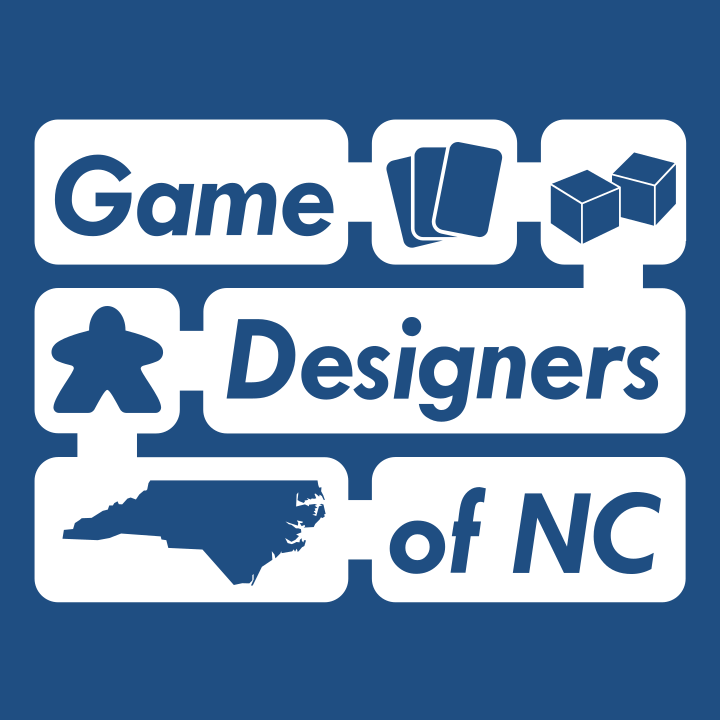A Week in the Life: Cards in Spreadsheets
The game design work of a regular guy with a full time job and a family with 3 small kids who designs games in some of his spare time
I want to spend time most weeks talking about my design work both as an encouraging example of how someone challenged for spare time can make progress on game designs, and to offer some incidental insights into how I view the design process that could be interesting or helpful. I intend this to show how I break down my process into digestible nuggets of work that can be done between my job, family, and other responsibilities.
So here's what I worked on this week.
I put a lot of card information into spreadsheets! As I was doing this I thought about how much time it takes to do relative to how much time it takes to say what I did. It's like an hour and a half of data entry making sure I get all the cards I want, now that I have my nanDECK code set up. That's a fraction of how much time it would take to create all of these cards manually, but all I can say about it is that now I have spreadsheets full of card information.
Since I'm prepping to order prototype materials soon, I updated a few things in Galaxy Alpha Team that have changed since the last time I printed cards. I need a new set of starter cards to go along with the new player board I made, I want some decent looking versions of some other card abilities I've been testing, and I found a mathematical imperfection that doesn't matter, but to appease the part of me that will feel better for doing it, I'm tweaking one variable on one other card, which I'll add to my order.
I don't use nanDECK for my Galaxy Alpha Team cards because I started working on the game before I heard of nanDECK. The first several iterations of cards were hand drawn, but when I wanted a version that looked more consistent I set up a template in Inkscape (a free image editing tool) with all the various icons and card parts in different layers, so whenever I want to make a card it's just a matter of hiding and unhiding layers then exporting the image. Having used both this method and nanDECK, I have a feel for what I think are benefits of each. Inkscape allows more speed, flexibility, and robustness in creating visual assets and manipulating the look of things, but suffers from taking more time to export a deck of cards, and I don't have a way to automatically create tons of permutations of cards that use the same format. Because Galaxy Alpha Team has more variety in card types, I think this has worked out fine and I don't regret having set up a system using an image editing template. I need a lot of cards for Culmination that are the same layout but with different combinations of icons on them, so nanDECK is the faster way for me there.
Pretty soon I'm going to be done with these digital file updates. Then I can get back to playing with paper and cardboard.
So here's what I worked on this week.
I put a lot of card information into spreadsheets! As I was doing this I thought about how much time it takes to do relative to how much time it takes to say what I did. It's like an hour and a half of data entry making sure I get all the cards I want, now that I have my nanDECK code set up. That's a fraction of how much time it would take to create all of these cards manually, but all I can say about it is that now I have spreadsheets full of card information.
Since I'm prepping to order prototype materials soon, I updated a few things in Galaxy Alpha Team that have changed since the last time I printed cards. I need a new set of starter cards to go along with the new player board I made, I want some decent looking versions of some other card abilities I've been testing, and I found a mathematical imperfection that doesn't matter, but to appease the part of me that will feel better for doing it, I'm tweaking one variable on one other card, which I'll add to my order.
I don't use nanDECK for my Galaxy Alpha Team cards because I started working on the game before I heard of nanDECK. The first several iterations of cards were hand drawn, but when I wanted a version that looked more consistent I set up a template in Inkscape (a free image editing tool) with all the various icons and card parts in different layers, so whenever I want to make a card it's just a matter of hiding and unhiding layers then exporting the image. Having used both this method and nanDECK, I have a feel for what I think are benefits of each. Inkscape allows more speed, flexibility, and robustness in creating visual assets and manipulating the look of things, but suffers from taking more time to export a deck of cards, and I don't have a way to automatically create tons of permutations of cards that use the same format. Because Galaxy Alpha Team has more variety in card types, I think this has worked out fine and I don't regret having set up a system using an image editing template. I need a lot of cards for Culmination that are the same layout but with different combinations of icons on them, so nanDECK is the faster way for me there.
Pretty soon I'm going to be done with these digital file updates. Then I can get back to playing with paper and cardboard.
